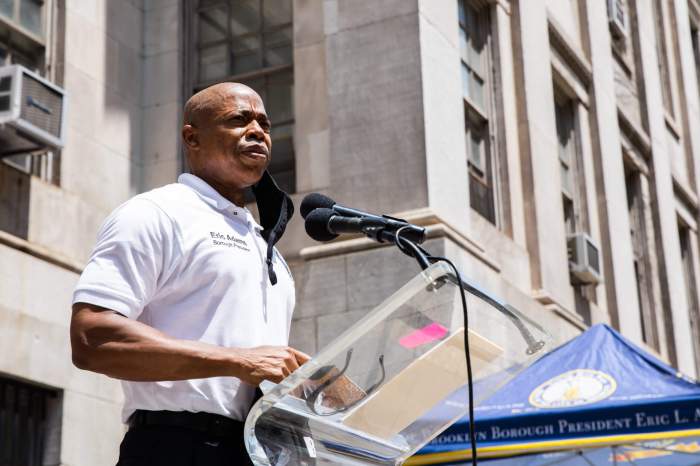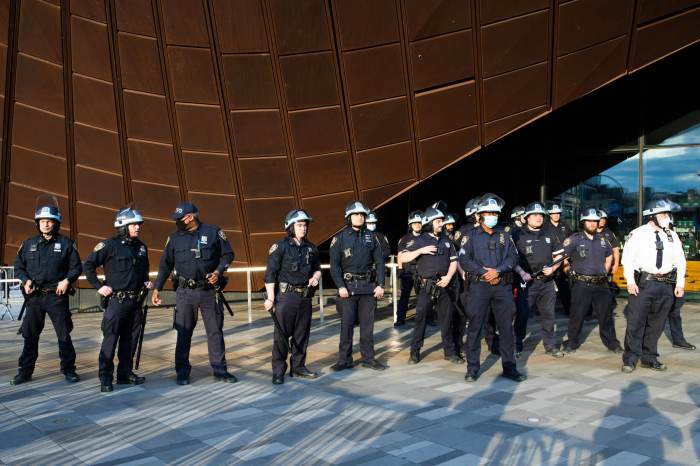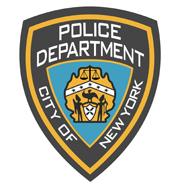Last summer, New Yorkers took to the streets by the thousands to demand systemic change in the wake of George Floyd’s tragic murder. In the weeks that followed, several instances of police misconduct were captured on video and widely distributed on social media, including a police officer violently pushing a young woman to the ground, a squad car ramming into a crowd of protestors, and officers using a technique known as “kettling” to trap protesters.
A Department of Investigation report later found that these tactics, along with countless other examples of excessive force, helped to inflame tensions and harm trust in law enforcement. To ensure the NYPD did not repeat these mistakes, the report proposed a series of measures to strengthen oversight and improve police responses to future protests.
These proposed reforms, and others recently adopted at the City and State levels like the repeal of 50-A, a law that shielded police disciplinary records from the public, were long overdue. But the road to real, lasting change is long, and it runs through a position that many New Yorkers might have never heard of: our precinct commanders.
What is a precinct commander? Often compared to “mini-mayors,” they are the most visible representatives of their departments in the communities they serve, and have wide latitude to set policing practices in their respective areas. Some take this awesome responsibility seriously, making proactive efforts to collaborate with community stakeholders to ensure policing is responsive to their needs. Others choose to shun these community voices, leading to tension and antagonism.
Without strong accountability mechanisms, those in the latter category are allowed to remain in leadership positions despite being a poor fit for the precincts they serve. To take one example, one of the most egregious instances caught on camera during last summer’s protests involved an officer, Vincent D’Andraia, violently shoving a young woman, Dounya Zayer, to the ground, causing her to be hospitalized. Deputy Inspector Craig Edelman, who headed the 73rd Precinct in Brownsville, was standing directly behind this officer when the assault occurred and did nothing to intervene.
It later came to light that Inspector Edelman had been the subject of numerous complaints by Brownsville residents for his aggressive approach to policing and failure to take a more inclusive approach to public safety. Community leaders had been sounding the alarm about his lack of fitness for months prior to the protests, but these warnings fell on deaf ears. Inspector Edelman was relieved of his command after the video of Ms. Zayer being shoved surfaced online, and replaced by Deputy Inspector Terrell Anderson, a Black NYPD veteran who grew up in the community. Inspector Edelman has still not faced any departmental charges stemming from the incident last summer.
The Edelman episode, and others like it, underscore the need for a holistic re-thinking of how we identify, vet, and appoint candidates for precinct commander. If we are serious about fulfilling the promise of community policing, then we need precinct commanders who listen to the community, and work in partnership with a diverse group of local stakeholders to make their neighborhoods safer. Continuing to take a top-down approach to appointing precinct commanders, rather than engaging in a grassroots process, will undermine the mission of community policing, which must be responsive to what a community wants and needs.
That’s why I was encouraged to see City Hall announce a change in the precinct commander selection process last month, bringing it into the sunlight in response to our advocacy. Under the new policy, the NYPD will provide three to five candidates for local police precinct councils to review. The precinct councils will provide feedback on the candidates to the Commissioner, who will then decide who to appoint.
This is a promising first step. But we need to go further to achieve the local oversight and accountability we seek. Precinct councils should certainly be part of the vetting process, but we need to bring in people from all walks of life — like community board members, representatives from the business community, faith leaders, and others. These panels should not merely have an advisory role in the process; they should have veto power over candidates they deem unacceptable.
Ultimately, this is about fostering a culture of accountability and civilian empowerment. Last summer’s protests showed in stark terms how we needed to re-imagine policing. The urgent task before us now is rebuilding trust in a sustainable manner between police and communities. Let’s start by putting the community back in “community policing.”
Eric Adams is borough president of Brooklyn. He served 22 years in the New York City Police Department (NYPD), retiring at the rank of captain, as well as represented District 20 in the New York State Senate.






















